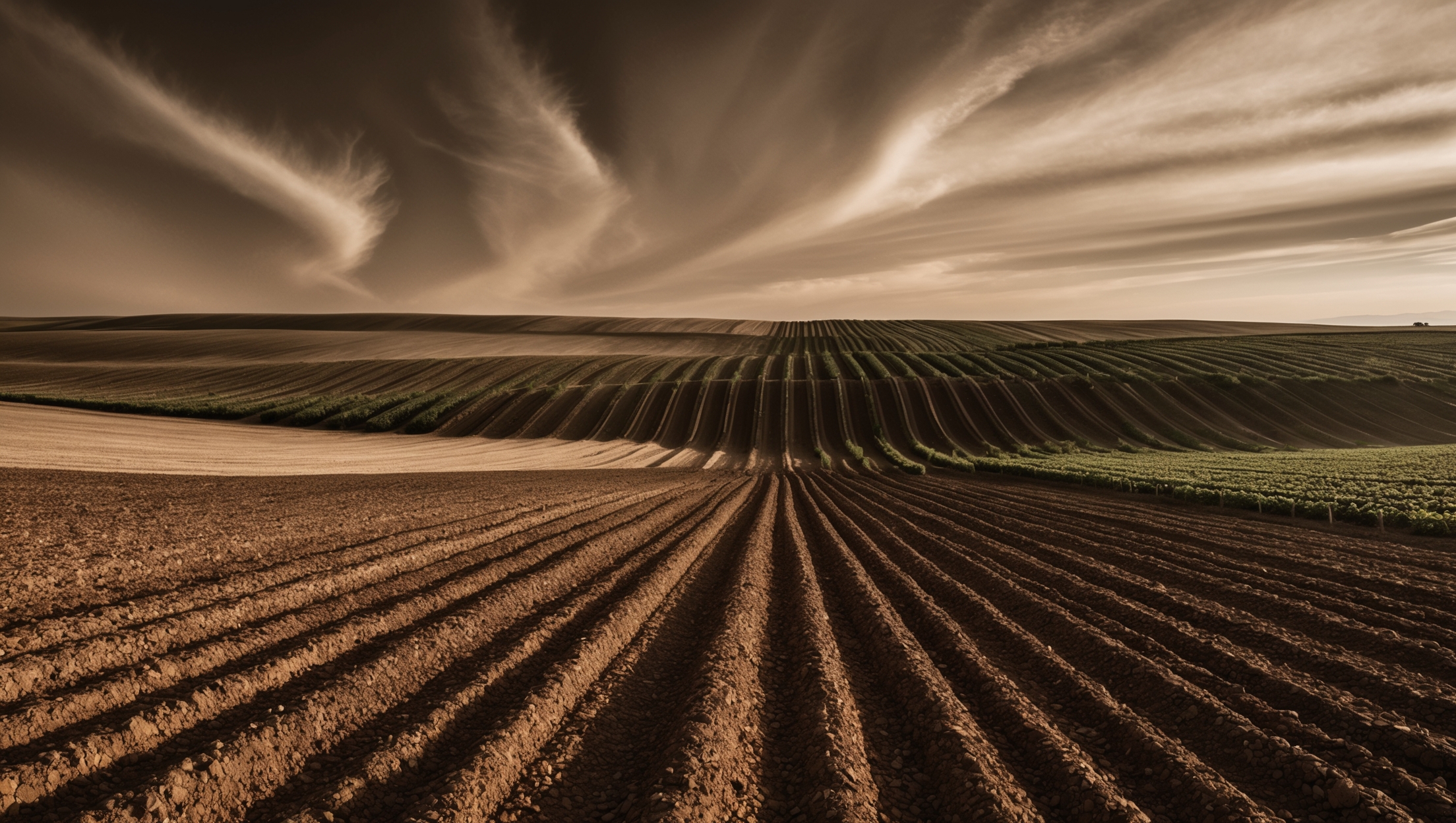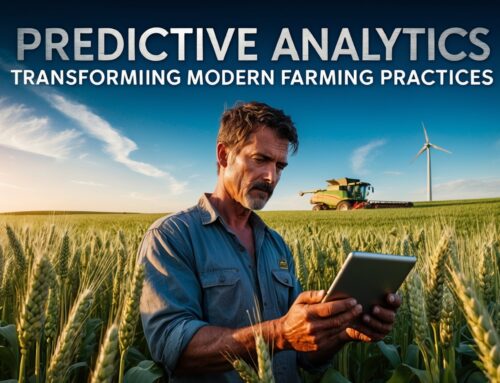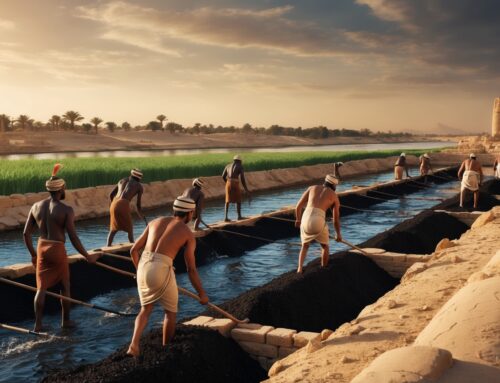Proper irrigation management is one of the most important aspects of maintaining healthy crops and maximizing yields. Soil moisture meters are essential tools in this process, helping farmers understand when and how much to water their fields. But effective irrigation isn’t just about reading a number off a meter—it’s about understanding the nuances behind that data and how it varies with soil type, weather conditions, and plant needs. In this post, we’ll explore the intricacies of using soil moisture data for advanced irrigation management, including sensor placement strategies, integrating weather data, and irrigation scheduling algorithms.
Sensor Placement Strategies
One of the most common mistakes farmers make when using soil moisture sensors is incorrect placement. The data from your sensors is only as good as their location in the field. Placement strategy must consider factors like soil type, crop root depth, irrigation methods, and topography.
Soil Type and Field Variability
Different areas of a field can have varying soil types and drainage characteristics. It’s essential to place sensors in representative areas—spots that reflect the average conditions of the field as well as any known problem areas. For example, if one part of your field is sandy while another part is predominantly clay, installing sensors in both areas will give you a better understanding of how moisture levels vary across the field.
Depth of Placement
Soil moisture sensors should be placed at multiple depths to account for how moisture moves through the soil profile. For most crops, placing sensors at shallow, medium, and deep root zones helps monitor water availability throughout the entire root system. For example, you might place sensors at depths of 6 inches, 12 inches, and 24 inches to track water uptake across different root zones.
Accounting for Irrigation Type
The type of irrigation system in use—whether drip, sprinkler, or flood—also influences sensor placement. For drip irrigation, sensors should be placed near the emitters to accurately monitor moisture levels in the wetted zone. For sprinkler systems, placing sensors between rows can help determine if water is being distributed evenly.
Integrating Weather Data with Soil Moisture Readings
Soil moisture data is only part of the picture when it comes to effective irrigation management. Integrating weather data—such as precipitation, temperature, wind speed, and humidity—can provide a more complete understanding of water requirements.
Using Evapotranspiration (ET) Data
Evapotranspiration (ET) is a key metric used to determine how much water is being lost from both the soil and plants. High temperatures, strong winds, and low humidity all increase ET rates, meaning more frequent irrigation may be necessary to keep up with plant water needs. By combining soil moisture data with ET data, you can adjust irrigation schedules to ensure your crops receive adequate moisture without over-irrigating.
Weather Forecast Integration
Modern soil moisture management systems, like Terrestream’s FieldHub, integrate weather forecasts to help farmers anticipate changes in soil moisture levels. For example, if rain is expected in the next 24 hours, you can hold off on irrigating, conserving water and reducing costs. Conversely, during heatwaves or drought conditions, you may need to irrigate more frequently to prevent moisture levels from dropping below the wilting point.
Irrigation Scheduling Algorithms
Advanced irrigation management goes beyond simply responding to sensor readings—it involves using irrigation scheduling algorithms to determine the best times and amounts of water to apply. These algorithms can help automate decision-making and make irrigation more efficient.
Deficit Irrigation
Deficit irrigation is an approach where crops are given less water than their full water requirement, with the goal of saving water while minimizing yield loss. This strategy requires a deep understanding of crop water stress tolerance and accurate soil moisture monitoring to ensure that the soil moisture levels don’t drop too low. Using soil moisture sensors, farmers can implement deficit irrigation effectively by monitoring the moisture levels closely and applying water only when critical thresholds are reached.
Predictive Irrigation Models
Predictive irrigation models use historical soil moisture data, weather forecasts, and crop growth stages to anticipate future irrigation needs. By understanding patterns in soil moisture levels and plant water use, these models can help farmers make proactive irrigation decisions. For instance, Terrestream’s Irrigauge and FieldHub systems can track historical data to identify trends, enabling more informed decisions about when and how much to irrigate.
Soil Moisture Thresholds
Setting soil moisture thresholds is another way to automate irrigation management. By defining upper and lower moisture limits, you can ensure that irrigation is triggered when soil moisture falls below a certain level and stops before reaching saturation. This prevents both underwatering and overwatering, optimizing water use and promoting healthier plant growth.
Practical Considerations for Efficient Irrigation
Avoiding Over-Irrigation
Over-irrigation is one of the most common mistakes in farming and can lead to a host of problems, including nutrient leaching, root rot, and reduced soil aeration. Soil moisture sensors provide a way to prevent over-irrigation by giving you precise data on when your soil has reached field capacity—the point at which the soil can hold no more water without it draining away. By carefully monitoring soil moisture and setting thresholds, you can avoid wasting water and ensure your crops have the optimal environment for growth.
Managing Soil Compaction
Excessive irrigation can lead to soil compaction, especially in clay-heavy soils. Compacted soil reduces water infiltration and root growth, making it harder for plants to access the nutrients they need. By using soil moisture sensors to avoid overwatering and maintain appropriate moisture levels, you can help minimize soil compaction and promote better root development.
Matching Crop Needs
Different crops have different water needs, and using soil moisture data allows you to tailor your irrigation practices accordingly. Deep-rooted crops, such as alfalfa, may require less frequent but deeper watering, whereas shallow-rooted crops, like lettuce, may need more frequent irrigation. By understanding the specific water needs of each crop and monitoring soil moisture at various depths, you can ensure that all your crops receive the right amount of water.
Conclusion: Making Data-Driven Irrigation Decisions
Using soil moisture meters for irrigation management involves more than just checking soil moisture levels. It’s about understanding where to place sensors for maximum accuracy, integrating weather data to anticipate changes, and using advanced algorithms to optimize irrigation schedules. By leveraging these strategies, you can make informed, data-driven decisions that maximize water use efficiency, reduce costs, and ultimately improve crop health and yield.
With tools like Terrestream’s Irrigauge, FieldLink, and FieldHub, you have everything you need to manage irrigation with precision and confidence. By understanding the nuances of soil moisture data and applying it effectively, you can ensure that your fields remain productive, your water use stays efficient, and your crops thrive.





